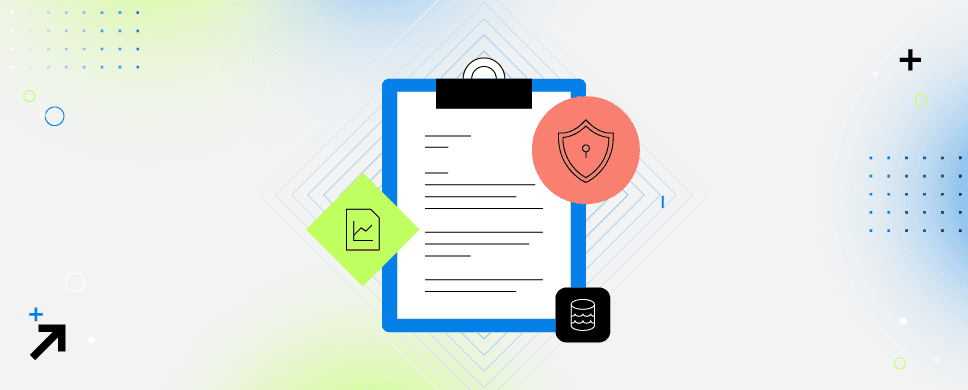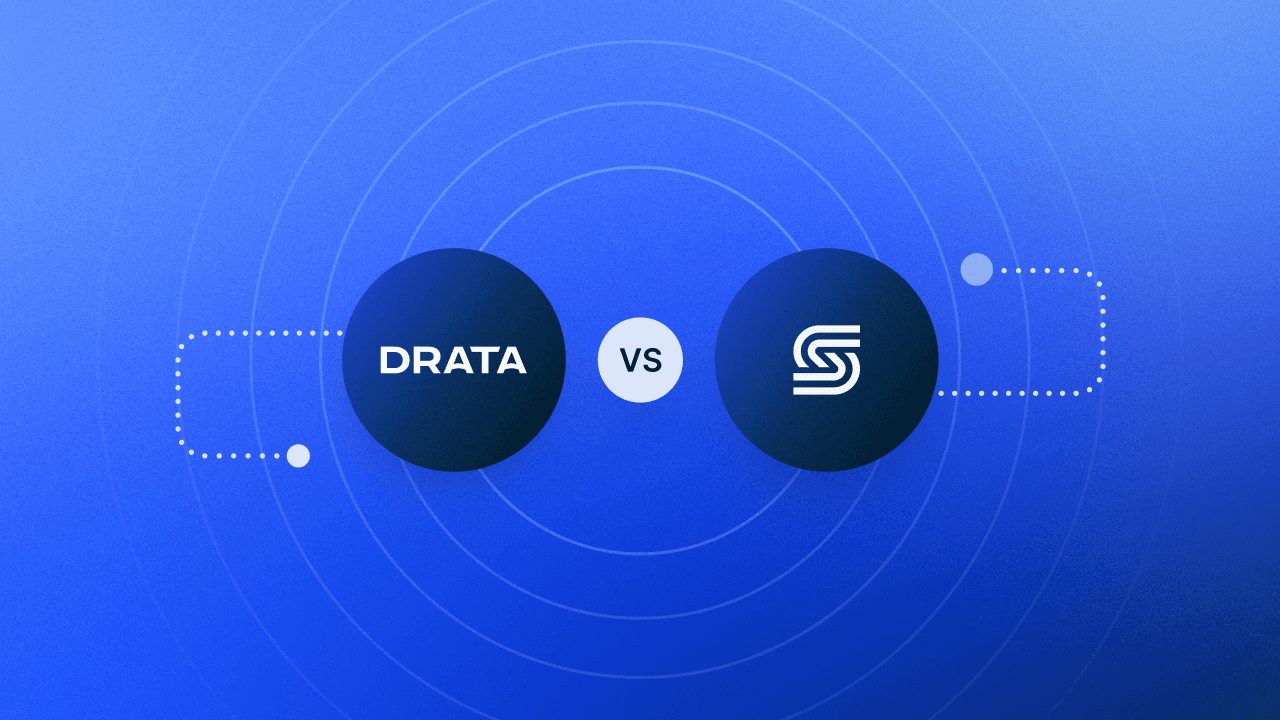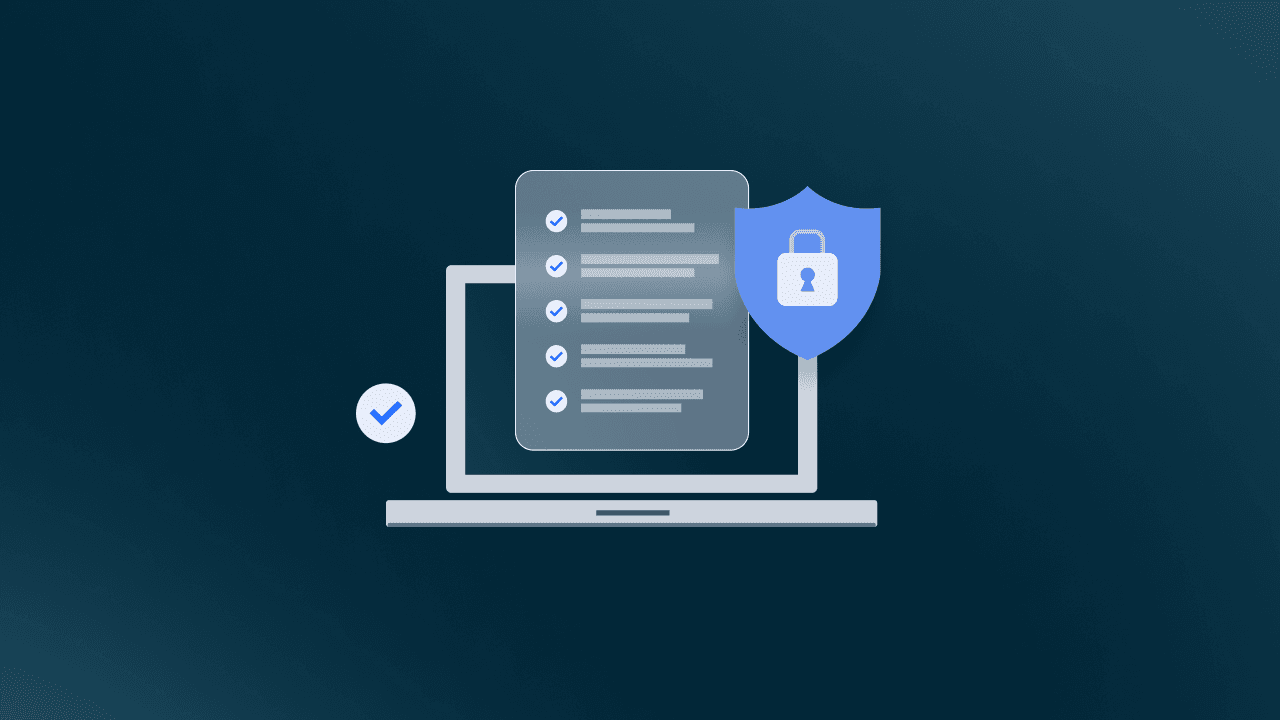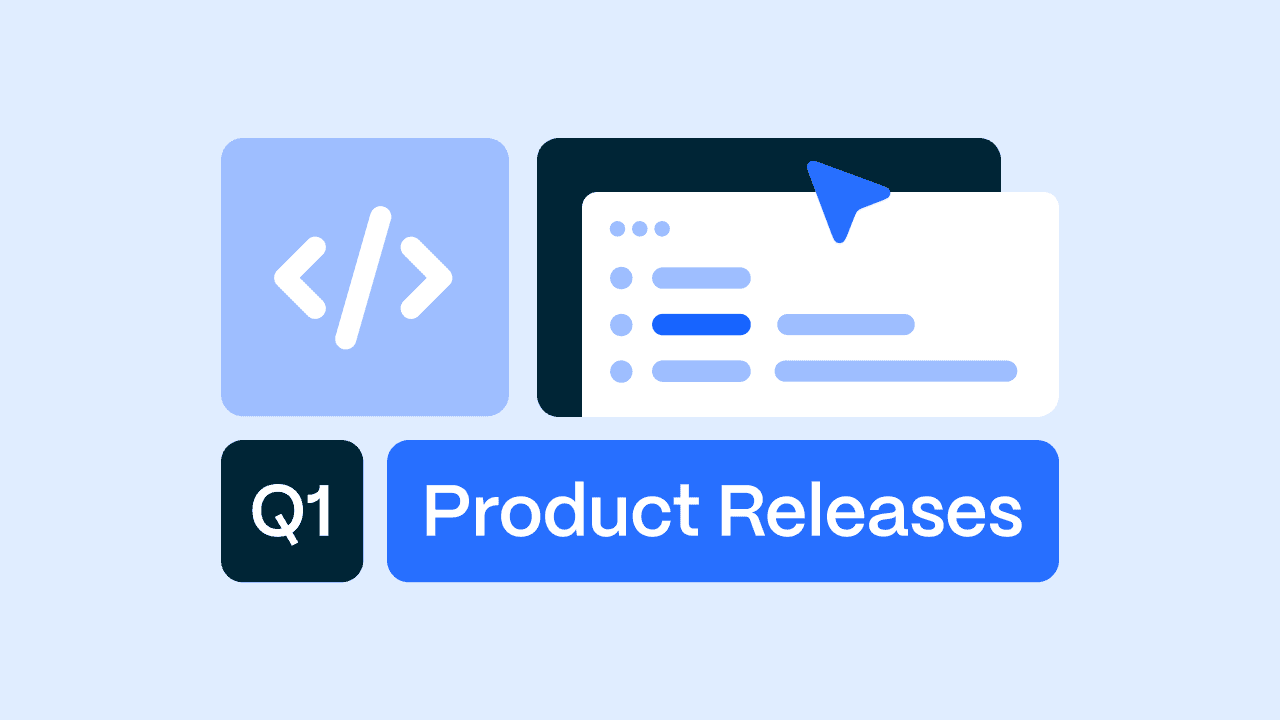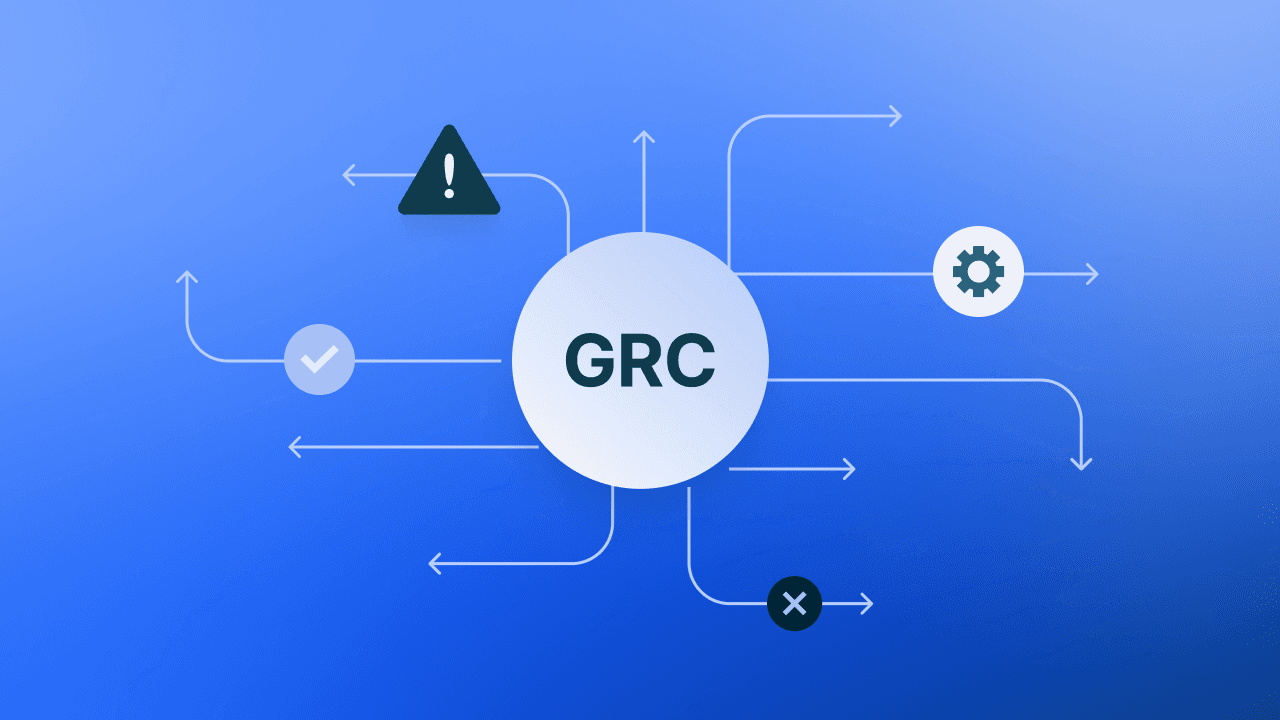What Is Continuous Compliance? + How To Achieve It
Continuous compliance stops the audit fire drills and brings your compliance program under control. Drata’s compliance experts explain how.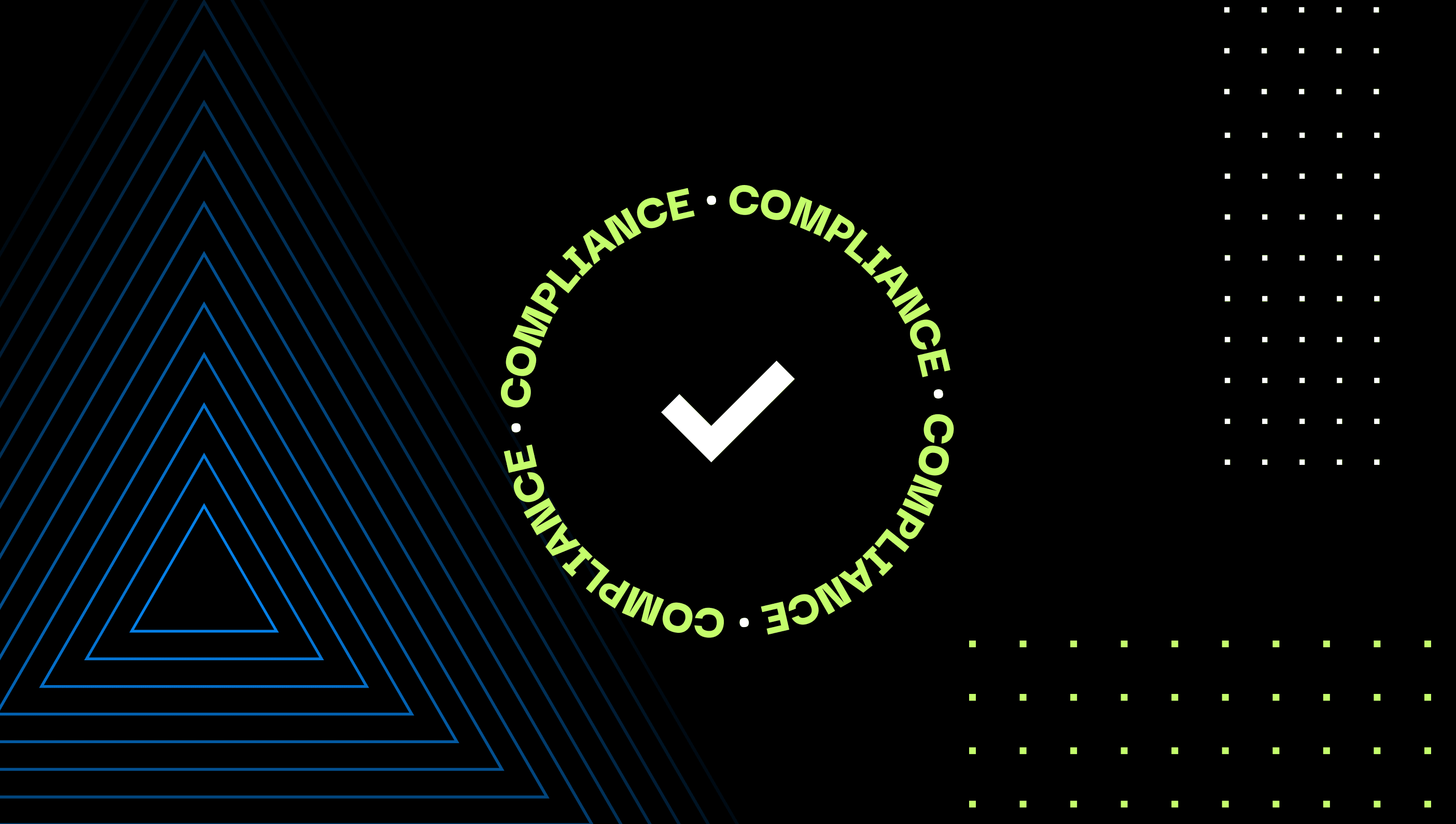
Compliance audits are chaos engines. Every six to 12 months, people get pulled from their core duties. Newly discovered compliance gaps send everyone scrambling for fixes. With deadlines approaching, the best fix takes a back seat to the quickest fix. Audit complete, everyone returns to their jobs. But who knows what issues are simmering beneath the surface?
Seasonal chaos is not the path to compliance. Automation opens a more sustainable course. This article will explain how continuous compliance is a less disruptive option—especially for today’s cloud-based architectures.
What is Continuous Compliance?
Maintaining compliance through annual or semi-annual audits is like driving a car through the rearview mirror. Audits only tell you the status of your controls sometime in the past.
Audit reports say nothing about your compliance right now.
In the time it took auditors to prepare the report, dozens of vulnerabilities could have compromised your security. When the next audit comes around, who knows what fires you’ll need to put out!
Waiting for audit season when compliance is so complex and dynamic doesn’t work anymore.
Continuous compliance is the way to go. Constantly monitoring systems and controls lets your organization address emerging issues now rather than security crises later.
4 Ways You Could Benefit From Continuous Compliance
This new way of managing compliance requires a cultural change with buy-in from every stakeholder. Fortunately, convincing everyone that it’s in their best interest is straightforward. Here are four reasons why you should adopt continuous compliance.
1. Real-Time Visibility and Action
Continuous compliance lets you see the status of assets and security controls in real-time. Automated responses can address low-level issues instantly, reserving human intervention for more severe problems.
Rapid detection and instant visibility give decision-makers the time and information they need to make better decisions faster. Rather than going with the quickest fix to hit an audit deadline, they can choose more robust solutions with long-term improvements.
2. Enhanced Security
Getting to compliance shrinks your attack surface. By identifying risks, you get the right controls in place.
Round-the-clock monitoring of these controls strengthens your security posture by letting you responsively close gaps before they become security problems.
3. Audit Readiness
Seasonal compliance requires enormous effort to collect data, close compliance gaps, and produce reports. This effort places a burden on the entire organization.
With continuous compliance, all the data you need is right there.
Report generation takes a few clicks. And since your teams addressed issues days, weeks, or months ago, audits take little time away from day-to-day operations.
4. Competitive Advantage
Businesses that can document continuous compliance are special. You rank higher in the eyes of prospective customers who prefer vendors that won’t add risk. And since you can respond to auditor requests quickly, you can get to the negotiating table faster.
Continuous compliance also reinforces the loyalty of existing customers who appreciate knowing you’re on top of things.
Key Processes to Achieve It
Getting to compliance is a journey but well worth the effort. Here are some of the key processes you’ll need to get there.
Identify and Understand Compliance Standards
The first step to achieving continuous compliance is understanding what you must comply with. That can vary dramatically depending on location, industry, and customers:
Healthcare organizations must comply with HIPAA.
Businesses serving EU citizens must comply with GDPR.
Cloud service providers ought to comply with SOC 2.
Once you know which standard applies, you can start aligning its requirements to your organization.
If regulatory or customer requirements make multiple frameworks apply, mapping each standard’s requirements will help minimize duplicate effort.
Perform a Risk Assessment and Establish Controls
Once you know what compliance means, you can measure how close you are to achieving it.
First, audit every asset, system, process, and third-party relationship that could impact compliance.
Next, evaluate the compliance gaps this audit reveals.
Finally, enact the controls needed to close the gaps and bring your organization into compliance. These controls are not necessarily technological. They could be new processes or something as simple as improved training programs.
Monitor Continuously and Act Quickly
With controls in place, you must monitor your compliance 24 hours a day, seven days a week, 52 weeks a year.
It never stops. But this unending process is impossible to do manually. You need systems that can monitor every control automatically.
Machine learning can use activity logs to determine what “normal” means and highlight unusual activity. Alerts and notifications can tell a control’s owner what actions to take.
Document and Communicate Everything
Record every decision and incident at every step in the compliance process. Use the lessons learned to improve decision-making and inform long-term planning.
Documentation also helps people learn how their actions impact compliance—and how non-compliance affects the business.
That’s important because compliance ownership is not concentrated in the IT department. Everyone has specific responsibilities that they must understand and acknowledge.
Things to Keep in Mind for Cloud-Based Applications
Continuous compliance in the data center is hard enough. The minute your architecture extends into the cloud, the challenges multiply. Every vendor can put your compliance posture at risk. Here are a few things to keep in mind as you take control of cloud compliance.
Less Control, More Dynamic
You have complete control over your data center. Total control of the cloud is impossible.
Each cloud provider offers a service based on a shared responsibility model. For example, providers control physical access to their infrastructure while you control user access to services. Between those two extremes is an often-hazy separation of responsibilities.
You need to understand—for each provider—what the shared responsibility model means to your compliance program. But don’t take that as gospel. Given some services’ dynamic and opaque natures, things can change anytime.
Design your compliance program to evaluate your assumptions regularly. Test your cloud configurations and security controls to ensure your current plan is still effective.
It Doesn’t Mean What You Think
Just because your controls with one vendor keep you in compliance won’t mean that the same control will work with another vendor.
Every cloud provider has its own way of doing things.
They seem to use different names to describe the same control. Then you look closely and see each has a unique implementation and different default configurations.
Make sure your controls are robust enough to handle this variety.
Reduce Workloads, Increase Compliance
Automation removes the pain from compliance and lets you shift from seasonal audits to continuous monitoring. You no longer need all hands on deck to handle audit fire drills because continuous compliance identifies gaps before they become problems.
Drata’s automated platform monitors your cloud infrastructure to give you total visibility into your compliance posture.
Book a demo today to see how Drata can streamline continuous compliance with the frameworks that matter to you.

